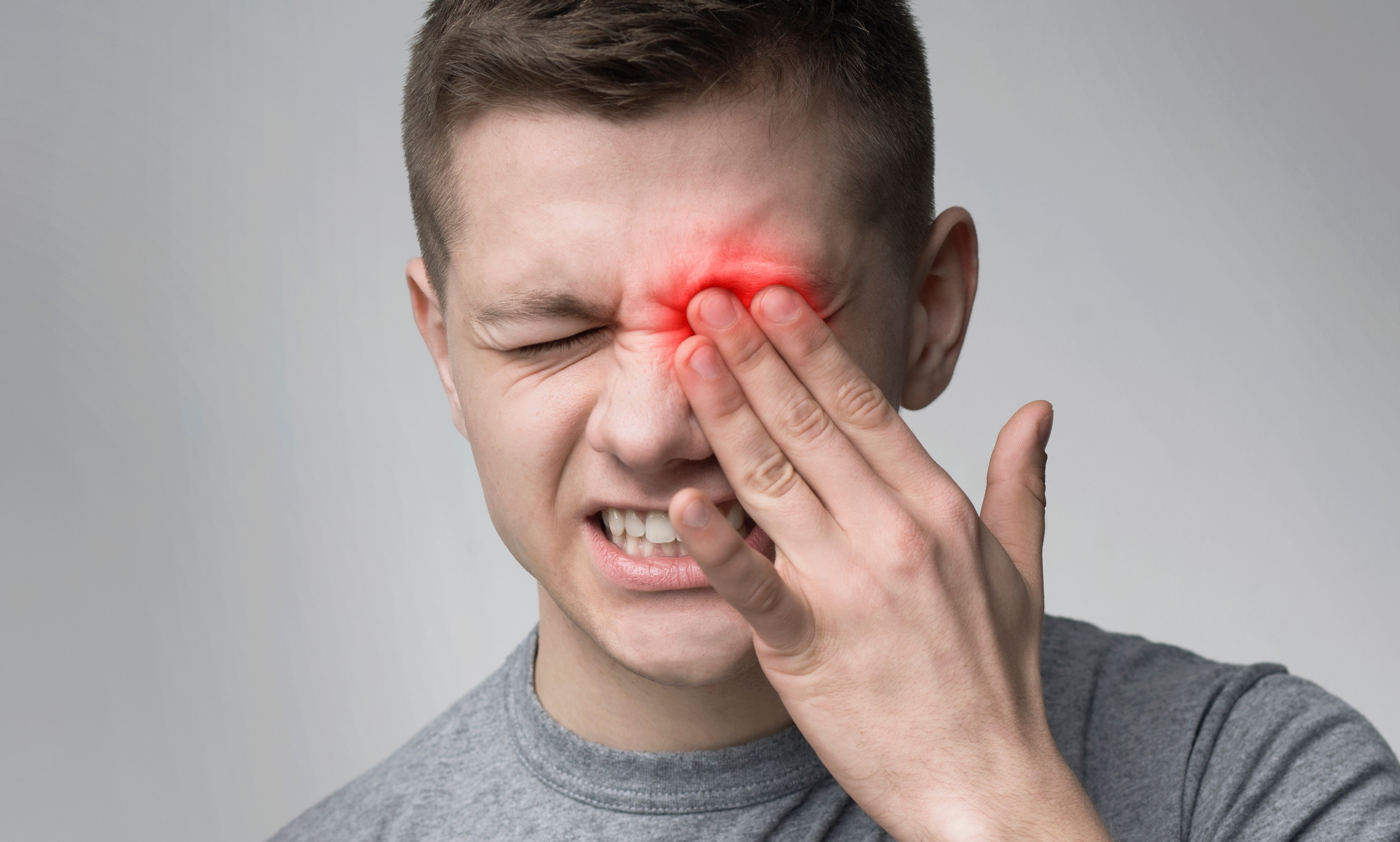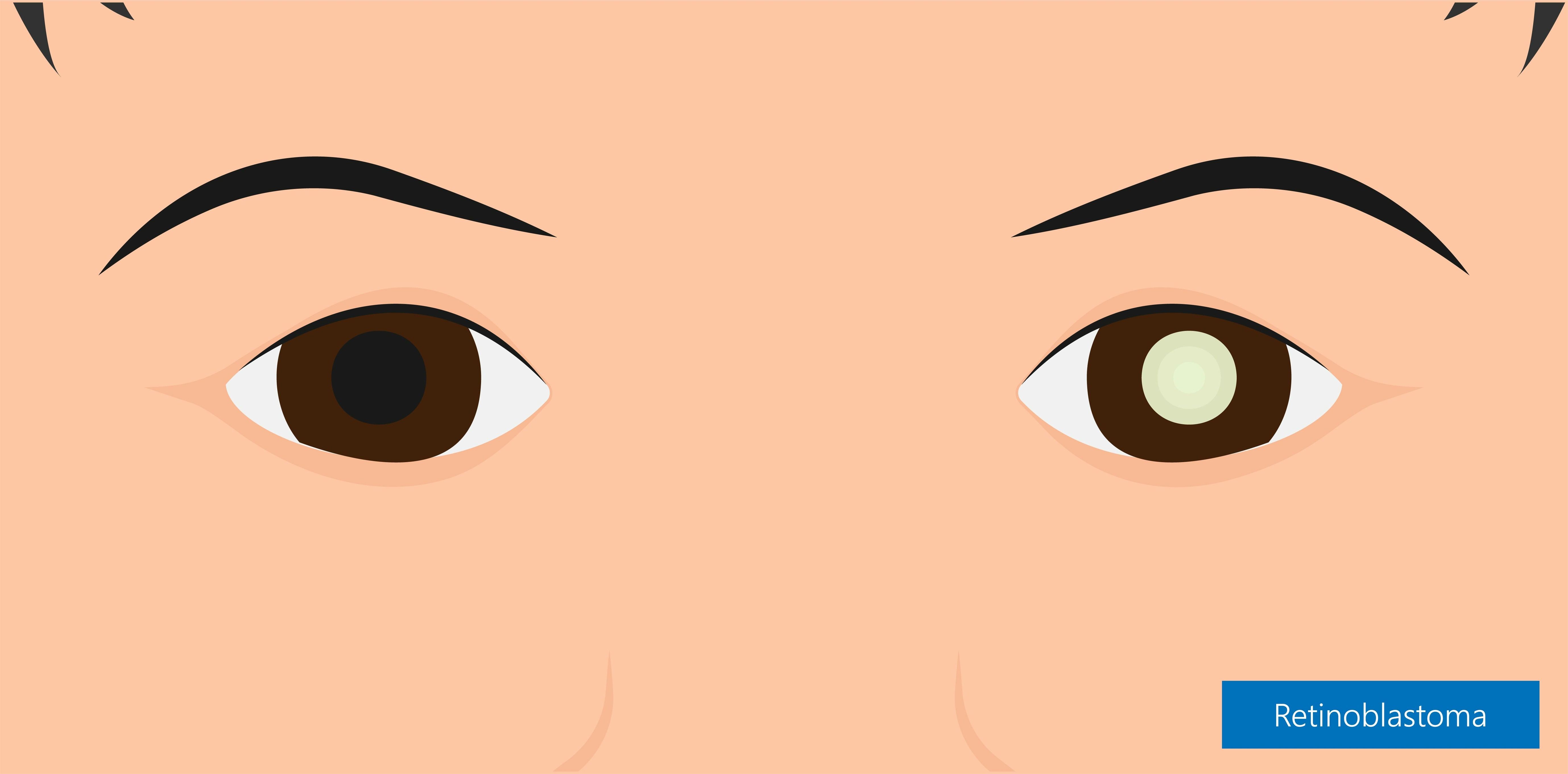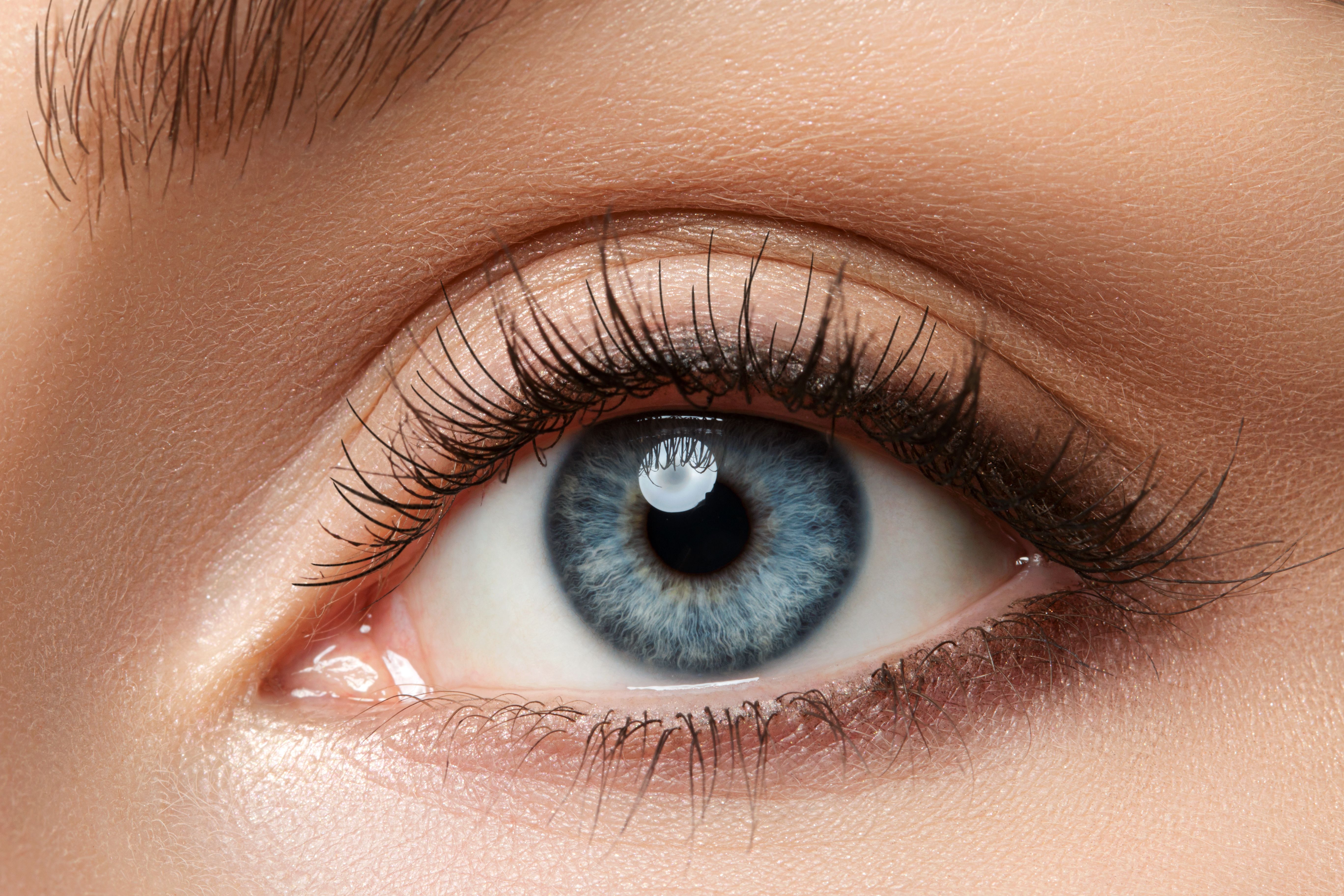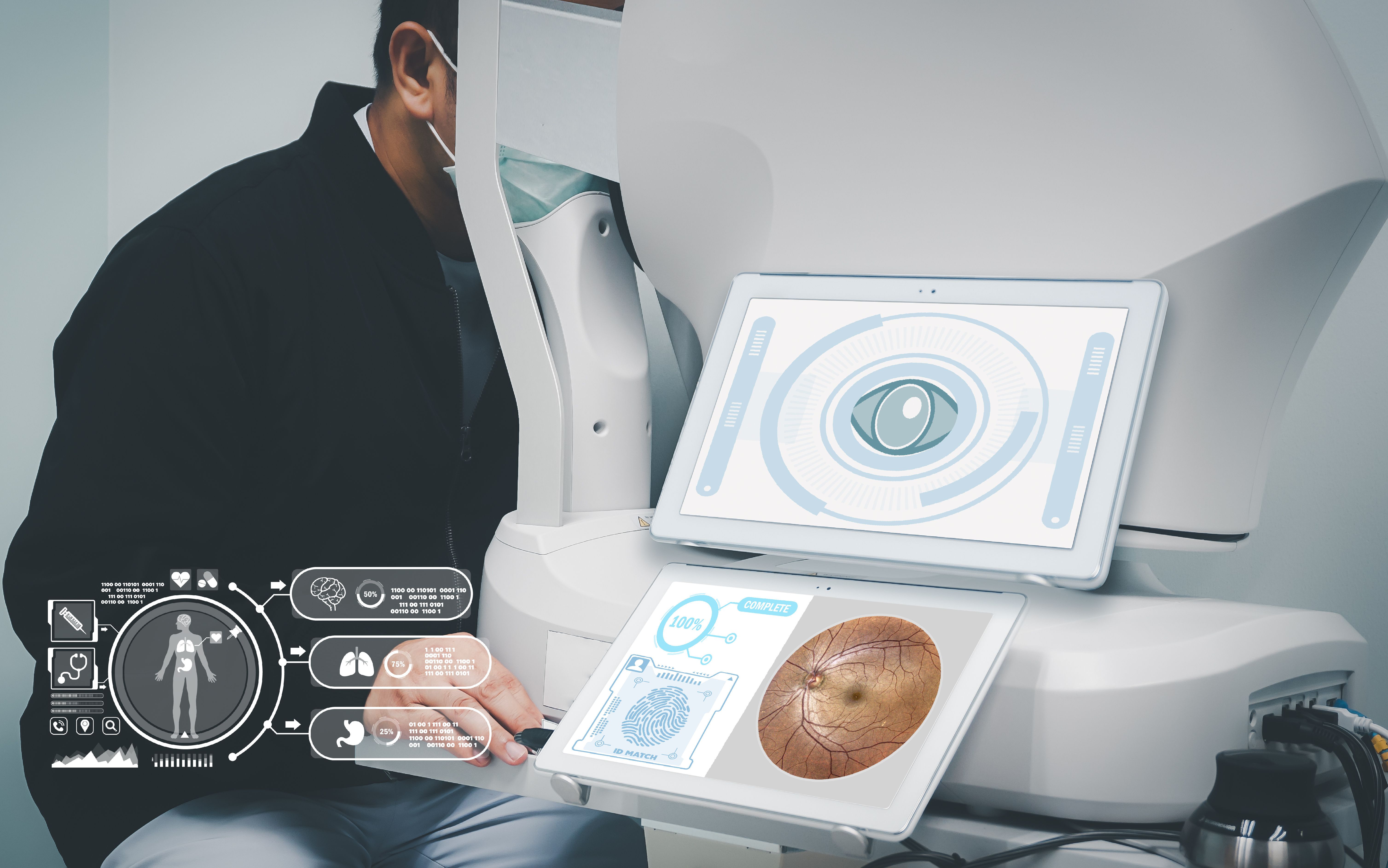News
Article
Eye Pain Visits to ED, Outpatient Setting Number 5 Million Annually
Author(s):
Expanding ways to treat eye pain could reduce the burden on the emergency department (ED) and other areas of the health care system.
In the United States, more than 5 million visits to a doctor were for eye pain, including in outpatient settings with an ophthalmologist. According to a study published in JAMA Ophthalmology,1 most of the visits were for problems that were not threatening to the patient’s vision.
Eye burning, aching, and irritation can all be used to define eye pain. Pain can occur in any of the eyelid, the conjunctiva, the sclera, the cornea, or the eye socket, with most frequent causes being due to infections, allergies, or contact lenses.2 Eye pain can be ophthalmic, neurologic, or systemic but little information about the frequency of visits to address this pain has been gathered, as most studies focus on 1 potential cause of eye pain. This study aimed to assess how frequently patients treat eye pain both in the emergency department (ED) and outpatient setting in the United States.
Man affected by eye pain | Image credit: Prostock-studio - stock.adobe.com

The National Ambulatory Medical Care Survey (NAMCS) and National Hospital Ambulatory Medical Care Survey (NHAMCS) were used to collect data. Data from 2008 to 2019 were used, although data from 2017 were excluded. All data were analyzed between September 2023 and April 2024. The NAMCS and NHAMCS collect data from visits made to physicians included in the American Medical Association or American Osteopathic Association. This excludes optometrists. All patient characteristics, including age, gender, and imputed ethnicity, were evaluated. The acuity of the visit type was also assessed.
A total of 359,736 outpatient and 293,470 ED visits for eye pain were conducted between 2008 and 2019, which was estimated to be 4.6 million outpatient and 1.0 million ED eye pain visits per year, which represents approximately 0.39% (95% CI, 0.34%-0.44%) of all outpatient visits and 0.61% (95% CI, 0.57%-0.65%) of all ED visits per year.
Eye pain visits were conducted by ophthalmologists most frequently at 45.3% (95% CI, 38.8%-51.7%). Female patients (63.2%; 95% CI, 59.4%-67.0%) and patients older than 60 years (46.6%; 95% CI, 42.4%-51.0%) were more frequently presenting eye pain in the outpatient setting whereas male patients (51.8%; 95% CI, 48.7%-55.0%) and patients aged less than 45 years more frequently presented eye pain in the ED. Eye pain was determined to be nonacute in 2.0 million of the visits. Patients who had nonacute eye pain were more likely to be older than 45 years and identify as Black or other (26.3%; 95% CI, 20.8%-31.8%).
Abnormal color of eyes (16.2%), diminished vision (11.5%), discharge from eye (8.0%), eye itching (6.1%), and eye examination (5.0%) were the top additional reasons for outpatient visit. Abnormal color of eyes (14.3%), swelling of eyes (7.9%), headache (7.4%), diminished vision (5.7%), and discharge from eye (5.1%) were the top reasons for ED visit. Ocular pain (16.4%) was the most common diagnosis for outpatient visits and injury of the conjunctiva and corneal abrasion without foreign body (22.0%) was the most common diagnosis after an ED visit. Most eye pain visits necessitated follow-up (89.4%).
There were some limitations to this study. All data were cross-sectional and could not be assessed for causal associations. Some of the results were based on less than 10 years of data due to changes within the survey over time, including allowing patients to report 5 reasons for visit from 2014 to 2019 which was an increase from 3 reasons for visit prior. Medications were not included in the study. Eye pain visits were likely underestimated due to the data not including optometrist visits. Patients with mild acute symptoms that were managed outside of visits to the ED or outpatient visits or patients with well-controlled chronic symptoms were not accurately captured in this study.
The researchers concluded that visits for eye pain in the US number more than 5 million with most of the visits taking place in outpatient settings. Eye pain was the primary reason for seeking care in ED visits with most eye pain not life threatening. The researchers concluded that expanding approaches to eye pain could help to alleviate the burden of eye care in outpatient and ED settings.
References
- Shapiro JN, Abuzaitoun RO, Pan Y, et al. Health care use for eye pain. JAMA Ophthalmol. Published online June 6, 2024. doi:10.1001/jamaophthalmol.2024.1808
- Eye Pain. Cleveland Clinic. Updated December 20, 2022. Accessed June 11, 2024. https://my.clevelandclinic.org/health/symptoms/17796-eye-pain





